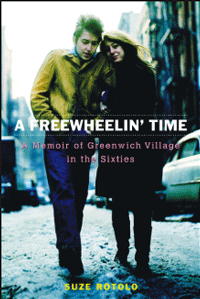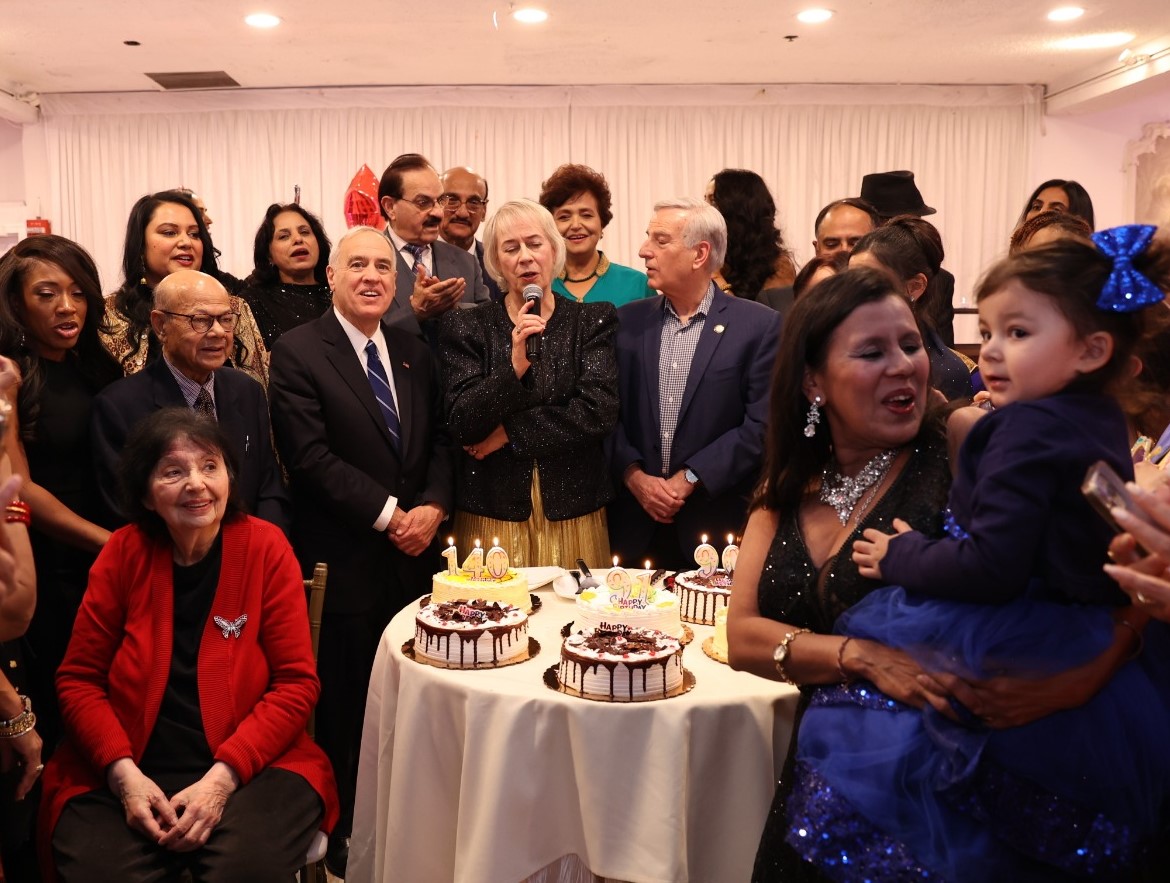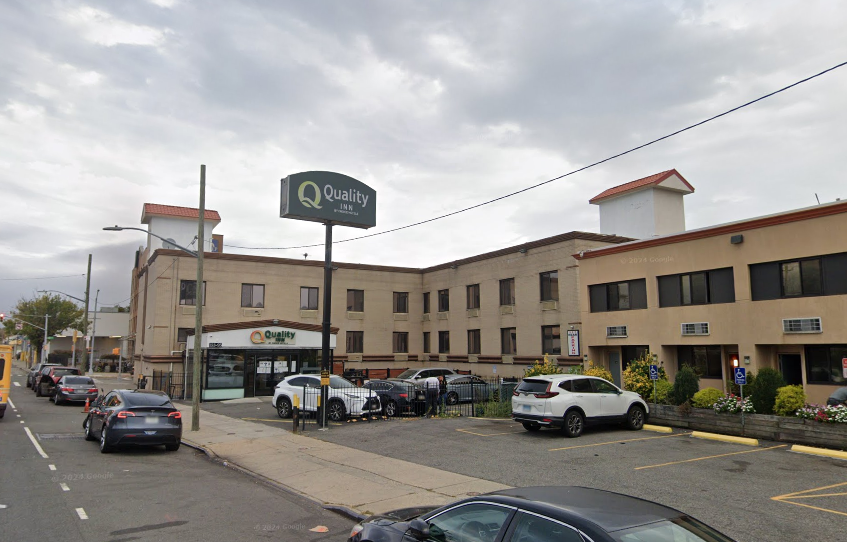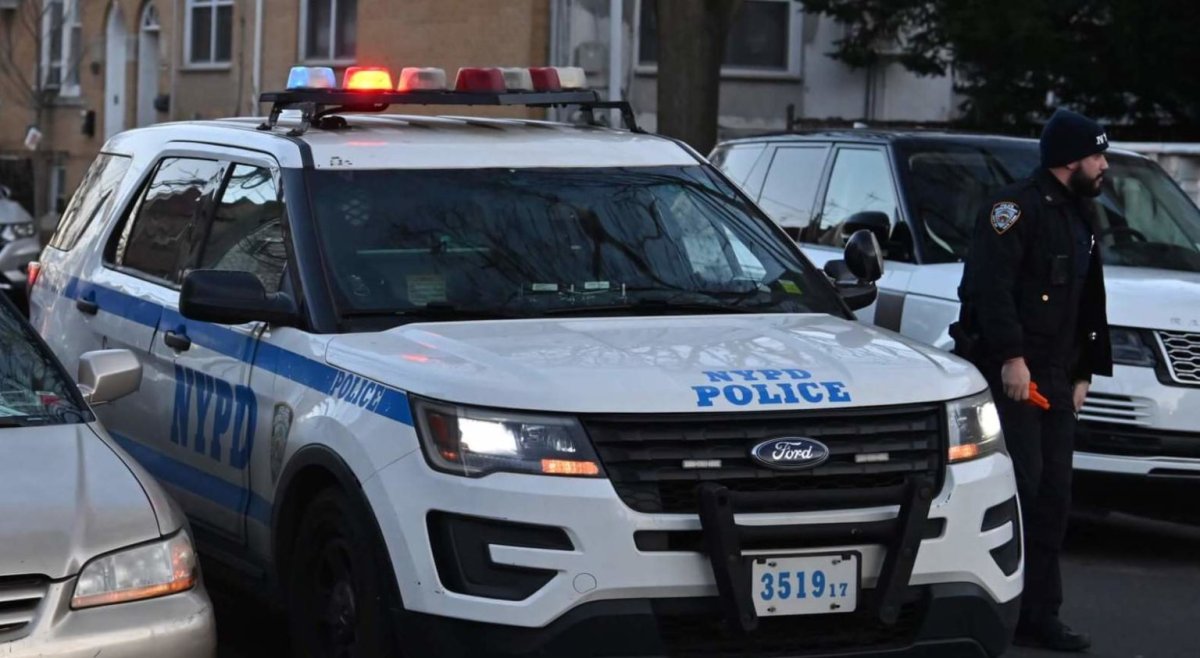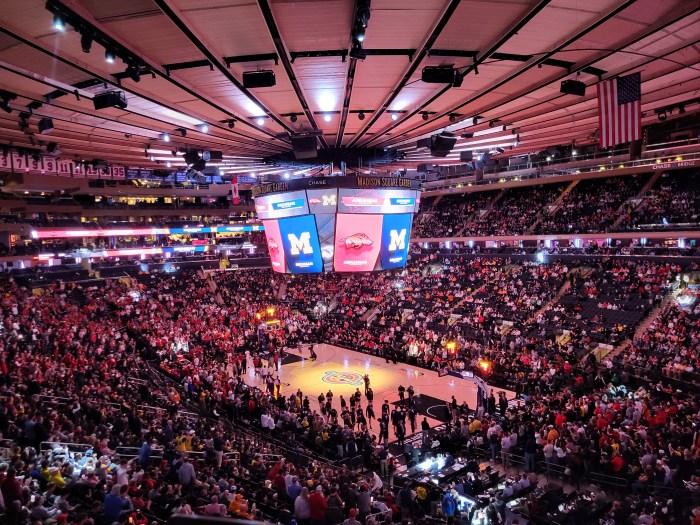By David Chiu
With her own written record, Suze Rotolo opens up about Bob Dylan
Among the denizens of Bob Dylan fans, Suze Rotolo gained fame in the 1960s for being his girlfriend. She offers an account of their quintessential Greenwich Village romance in her newly published memoir, “A Freewheelin’ Time,” which drew its name from Dylan’s second album, “The Freewheelin’ Bob Dylan,” cover of which shows the lovers walking through in the middle of a Downtown street in 1963.
A then-aspiring musician from the Midwest, Dylan started dating Rotolo when he moved to Manhattan in the early ’60s. In his 2005 autobiography, “Chronicles, Vol. 1,” he wrote that Rotolo, a native of Sunnyside, Queens, reminded him of a “libertine heroine.”
After the two split up four decades ago, Rotolo has maintained a relatively low profile, with the exception of her appearance in the Scorsese documentary “No Direction Home: Bob Dylan.” Now, with a written record, Rotolo, 64, tells her own story.
“I wrote about the period as I lived it,” she said in a recent interview, “and although the book may not be factual, it’s true.”
In addition to its personal arc, her memoir offers a cultural history of a period in New York City. “It was important to say where I came from and why I headed for Greenwich Village,” she said. “The story had a context. The ’60s were a significant time because of the changes that were happening artistically, socially and politically. It was an era of rebellion against the repressive decade that preceded it. Nothing happens in a vacuum. There is no context or depth to a tell-all.”
Even before meeting Dylan, Rotolo had already forged an identity as a fiercely independent young woman. The daughter of working-class Italians, as a teenager Rotolo worked at the Congress of Racial Equality protesting Woolworth’s stores for having segregated lunch counters.
Overrun by rising musicians and artists, with a backdrop of clubs like the Gaslight and Gerdes Folk City, “Greenwich Village in those years was predominantly an Italian neighborhood,” she recalled. “The cafés were small and dark and served shots of espresso, cappuccino, Italian ices and pastries. Bars, on the other hand, were grounded in Ireland or England. In those surroundings, Bohemia thrived.”
At 17, Rotolo met a 20-year-old Bob Dylan at a folk concert in Riverside Church in 1961. “I thought he was oddly old-time looking, charming in a scraggly way…but there was something about him that broadcast an intensity that was not to be taken lightly,” she writes in her early description of him. She offers a view into his work ethic as a songwriter and performer from his club days to his signing with Columbia Records. While certainly possessing a charismatic and guarded personality, Dylan revealed a sweeter side in letters he mailed to Rotolo while she was in Italy. “I had another recording session you know,” he wrote. “I sang six more songs—you’re in two of them—‘Bob Dylan’s Blues’ and ‘Down The Highway.’”
Rotolo blames their painful breakup on Dylan’s growing popularity and the need she felt to assert her own identity. “I was invisible,” she writes in the book, “downgraded from chick and guitar string, no less.”
Rotolo’s memories of the Village contrast sharply with its present state. “The sad reality is that most people can no longer afford to live [in the Village],” she said, “and stores that serve a neighborhood—shoe repair shops, cleaners, Laundromats—have to close due to high commercial rents. It kills the essence of a community, not to mention the soul of a city.”
While her book offers a look back to a different era, Rotolo said she doesn’t see the past when she walks through Greenwich Village. A visual artist whose 3-D works includes found objects and paper on which she paints or draws, Rotolo lives in the City with her family.
“In the ’90s, I made two visual memoirs,” she said. “The first related to the times surrounding the release of ‘The Freewheelin’ Bob Dylan’ album, and the other was a more complete life story. I used both art works as reference while writing ‘A Freewheelin’ Time.’ I think of the three works, the written memoir and the two visual ones, as a triptych.”
“Reliquaries,” an exhibit of book art by Suze Rotolo, is on display through July 19 at Medialia Rack and Hamper Gallery, 335 W. 38th St., 4th Fl. Gallery hours: Wednesday to Saturday, 12-5 p.m. (212) 971-0953.



